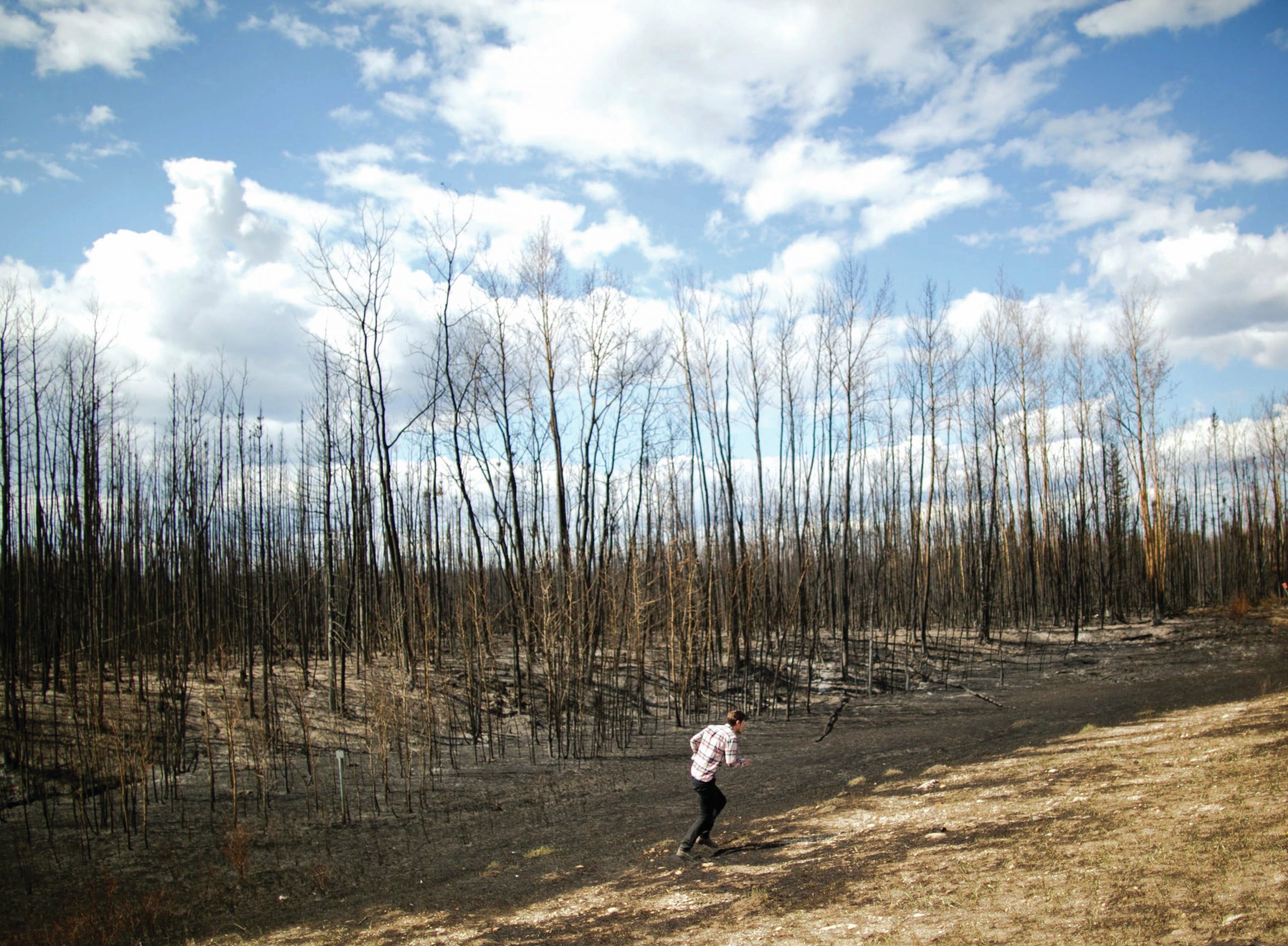
Our planet is warming, of that there is no doubt. But this does not mean that global mean surface temperatures (GMSTs) go relentlessly upwards. There can easily be cooler periods amid the warming, just as there is on a dayto-day basis with weather as spring changes to summer. In other words, there is much more going on than simply climate change in one direction. There are all sorts of climate variations on different time scales, such as El Niño (Box 1). Recently a lot of attention has been directed to the so-called ‘pause’ or ‘hiatus’ in global warming (Figure 1). This is the apparent slow-down — even reversal — of anthropogenic (human-induced) warming of the atmosphere.
Since the 1960s each decade has been warmer than the one before, and the decade of the 2000s was the warmest on record (Figure 2). The hiatus refers to the fact that there was not much rise in GMST in the period from 1999 through to 2013. But it is clear that there is variability in GMST from year to year and decade to decade, owing to natural fluctuation. Although the trend was mostly upward from about 1920, there was an earlier hiatus from about 1943 to 1975.
Your organisation does not have access to this article.
Sign up today to give your students the edge they need to achieve their best grades with subject expertise
Subscribe




